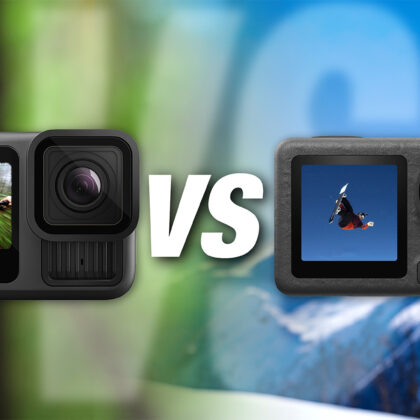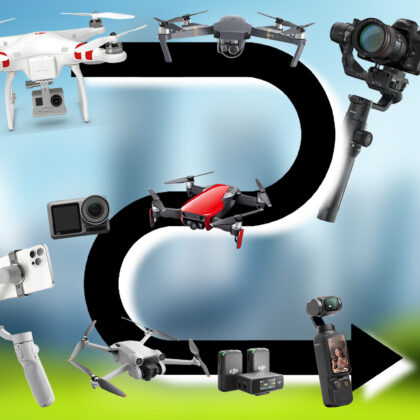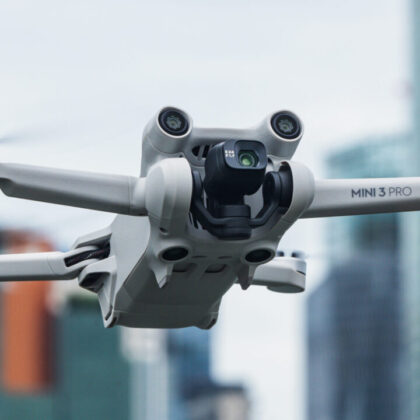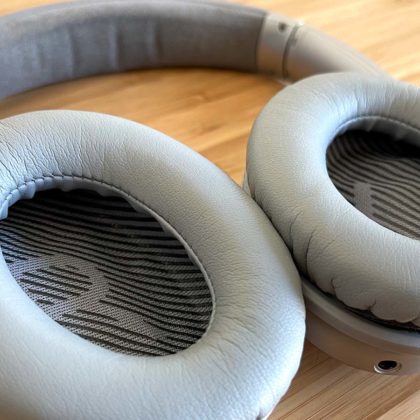The Canon PowerShot SX50 HS debuted in September 2012. It was instantly popular among beginner wildlife photographers and online video creators alike due to its relatively low price ($450), 50x zoom, and 12.1mp/1080p resolution. The SX60 HS followed up 2 years later, and though Canon added the much requested microphone input and increased the zoom to 65x, the overall image quality was hardly improved and in many situations looked it worse than the SX50 HS.
Now, after over a 4 year wait, Canon has finally upgraded the camera line with the predictably named SX70 HS. Though a lot of things have changed in the camera world over those intermediary years, unfortunately not much has changed in this camera.
Features
The most noticeable upgrades are the image and video resolution. On the image front, the SX70 HS sports a 20.1MP sensorCanon smartly made it 4k capable, thanks largely in part to the new DIGIC 8 image processor. The increased processing power and speed also allows the new camera to capture images at 10fps, an upgrade of 3.9fps from the previous model.
Once I got the SX70 HS out of the box, the first thing I noticed is that it felt slightly smaller and lighter than other superzoom cameras — especially the almost ridiculously oversized Nikon COOLPIX P1000 which many people compare it to. Still, it manages to not be so light that it feels too cheap.
The new rocker switch on the left side of the lens is a good backup option to the classic dial around the shutter button. Not only does it give you a second button to use for zoom, but you can also assign it to control the manual focus distance, something that is somewhat handy at times. However, if you were hoping it would help provide smooth zooming action you would be badly disappointed. Neither the new rocker button nor the still remaining dial around the shutter button optimized for being able to make controlled zooming motions in or out, something especially important for video.
The final upgrade on the camera is the new OLED viewfinder. Though it might be slightly clearer than the one Canon put on the previous generation, I would’ve much rather that Canon upgraded the LCD screen to a touchscreen.
Performance
The weak spot for all superzoom bridge cameras like the Canon SX70 HS, Panasonic FZ80 or Nikon P900 has always been their focusing speed and accuracy. Unfortunately, the SX70 HS does nothing to improve much in that aspect — especially in “low” light (low in this case meaning basically anything less than a sunny day). The camera routinely spent several seconds searching for focus, most often when shooting with the zoom anywhere over 30x. This is extremely frustrating especially when compared to DSLRs which can start for as low as $399 and are known for their fast and accurate focusing capabilities.

f/6.5 | 1/80 | 800 ISO 
f/3.5 | 1/60 | 320 ISO 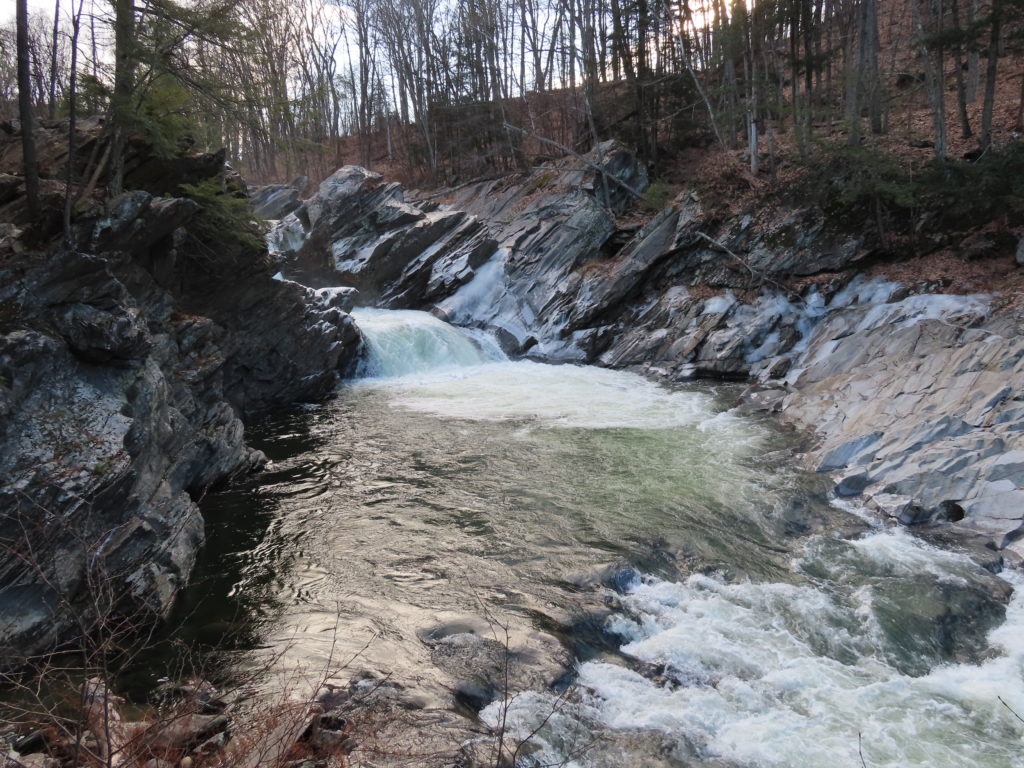
f/4.0 | 1/160 | 100 ISO 
f/6.5 | 1/15 | 800 ISO
When the focus did work, image and video quality were pretty decent. I would give video the slight edge due to how much the SX70 HS struggles when taking handheld pictures in anything but well lit environments. Its small aperture size of f/6.5 at full zoom and limited ISO range of 100-3200 force the shutter to go so low that even with stabilization the result was often a blurry image.
Using a tripod to eliminate any shake whatsoever, helps a great deal to improve image quality. Even long exposures (like the one below) come out pretty nice, especially considering that it was shot well past twilight.
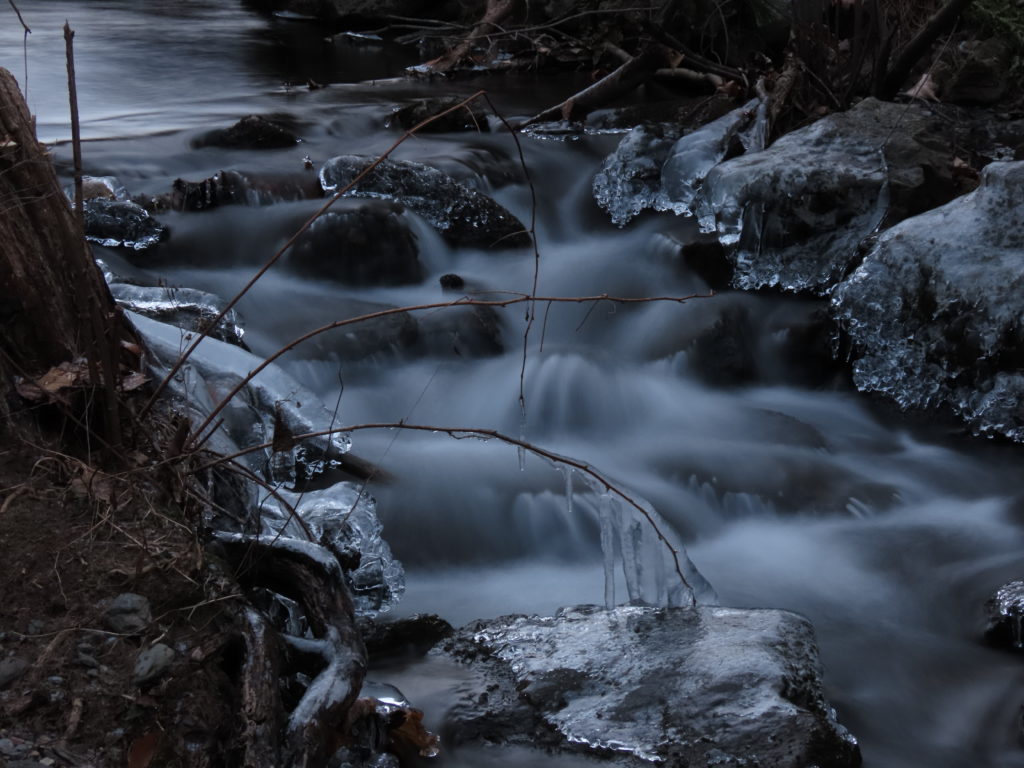
Video quality — especially in 4K — can be very crisp and clear, but noise and the dreaded focus hunting are quick to appear when shooting in less than well lit environments. Comparing the video quality to that of the $250 cheaper priced Panasonic FZ80, the footage shot on the SX70 HS looked far more interesting and colorful. Canon’s superior color handling and compression come together to create a very appealing image. However, the FZ80’s more neutral look gives it a greater dynamic range, leaving more possibility for post processing.
Verdict
Overall, the main feelings I was left with after using the Canon SX70 HS was either underwhelmed or frustrated. It has 4K, 65x zoom and decent image stabilization — none of which warrant its $549 price tag in 2019. For the same price or less you can get the almost identical Panasonic FZ80 ($299), an entry level DSLR with better autofocus ($400-$600), or the Lumix DMC-G7 mirrorless camera ($498) which features a larger micro four thirds sensor, 4K video, and a touchscreen.
Many people are drawn to the Canon SX70 HS line of cameras due to their perceived versatility. Having the reach of a 1365mm lens in a camera which can easily fit in your backpack is certainly very enticing. However, the features which you sacrifice — quick/accurate autofocus and good low light ability — make the camera not really suitable for much else other than taking pictures or videos of wildlife on a sunny day. So if that previous statement describes what you need a camera for; than this is the right camera for you. Otherwise, unless you just want it as a handy B camera to allow you to experience shooting with a 1000mm+ lens without spending upwards of $5000, than I would look elsewhere.


